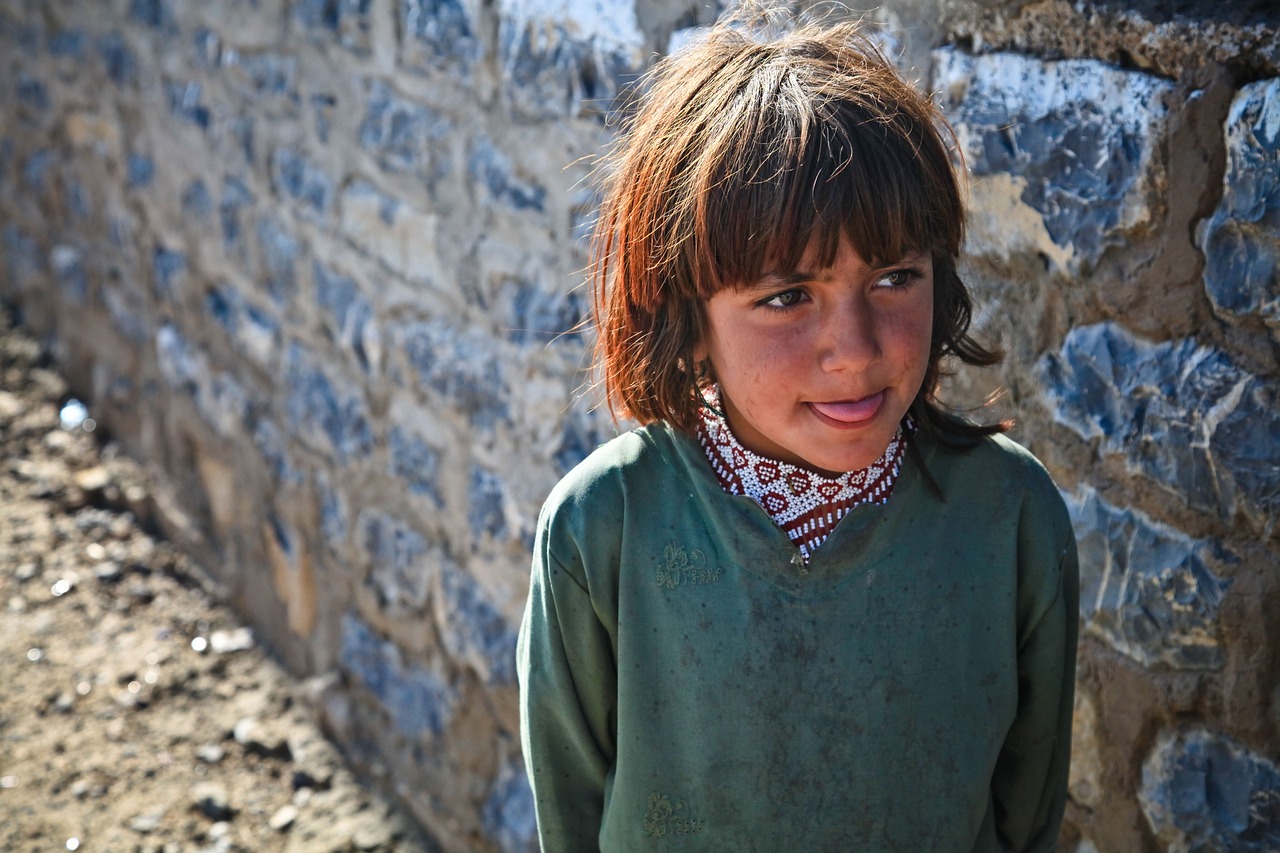Law students and young lawyers in Afghanistan are filing reports with JURIST on the situation there after the Taliban takeover. Here, a Staff Correspondent for JURIST in Kabul reflects on the humanitarian situation in Afghanistan and internal and international concerns about the Taliban government’s capacity or willingness to address the situation. For privacy and security reasons, we are withholding our Correspondent’s name. The text has only been lightly edited to respect the author’s voice.
According to the UN World Food Programme (WFP), 50% of people don’t eat anything before bed in Afghanistan. This figure includes more than 20 million people in the country. Four million mothers and children are at risk of dying from starvation since the Taliban seized control of Afghanistan, which has already had fragile economic foundations. Food costs have also increased drastically.
Severe malnutrition, according to the WFP, is above the emergency threshold in 25 of the country’s 34 provinces and is predicted to worsen, with about half of children under 5 years old and a quarter of pregnant and lactating women in the next 12 months needing life support. The WFP estimates that 1.46 billion dollars are urgently needed to address the deteriorating situation in Afghanistan.
Since the past two months, more than 3,500 UN staff have worked from home. But the majority of them were tasked with delivering humanitarian goods to the needy people. The Taliban have made it illegal for women to work in any private or public organization, and UN negotiations to overturn this prohibition are still going nowhere. International humanitarian help has severely declined since the Taliban took control of Afghanistan around 20 months ago, which occurred following the withdrawal of US forces. The Taliban’s policies, which severely restrict girls’ and women’s access to education and other opportunities, have exacerbated the issue and made assistance distribution more challenging.
The United Nations Secretary General, Antonio Guterres, has referred to Afghanistan’s humanitarian catastrophe as the world’s worst. In a recent meeting with the special representatives of 21 donor countries in Doha he stated that 97 percent of the country’s population are poor, two-thirds will need assistance with basic necessities this year, and 6 million women and children will go hungry. He further added that United Nations requested more than $6 billion in aid for Afghanistan, but it has only received less than 7% of that amount, or about $300 million. Additionally, UNICEF has stated that it needs additional resources in order to address the ongoing humanitarian catastrophe in Afghanistan.
On the other side, the Taliban’s directives to direct help to their own members in numerous Afghan regions have raised concerns from the UN and other foreign organizations. Organizations are not permitted to provide the poor with cash or non-financial aid. Afghans have expressed uncertainty regarding the current systems in place for providing humanitarian assistance, and the Taliban have not provided any information regarding who is receiving such aid and how it is being distributed to the needy.


